Car electronics – Repairs that you can do yourself
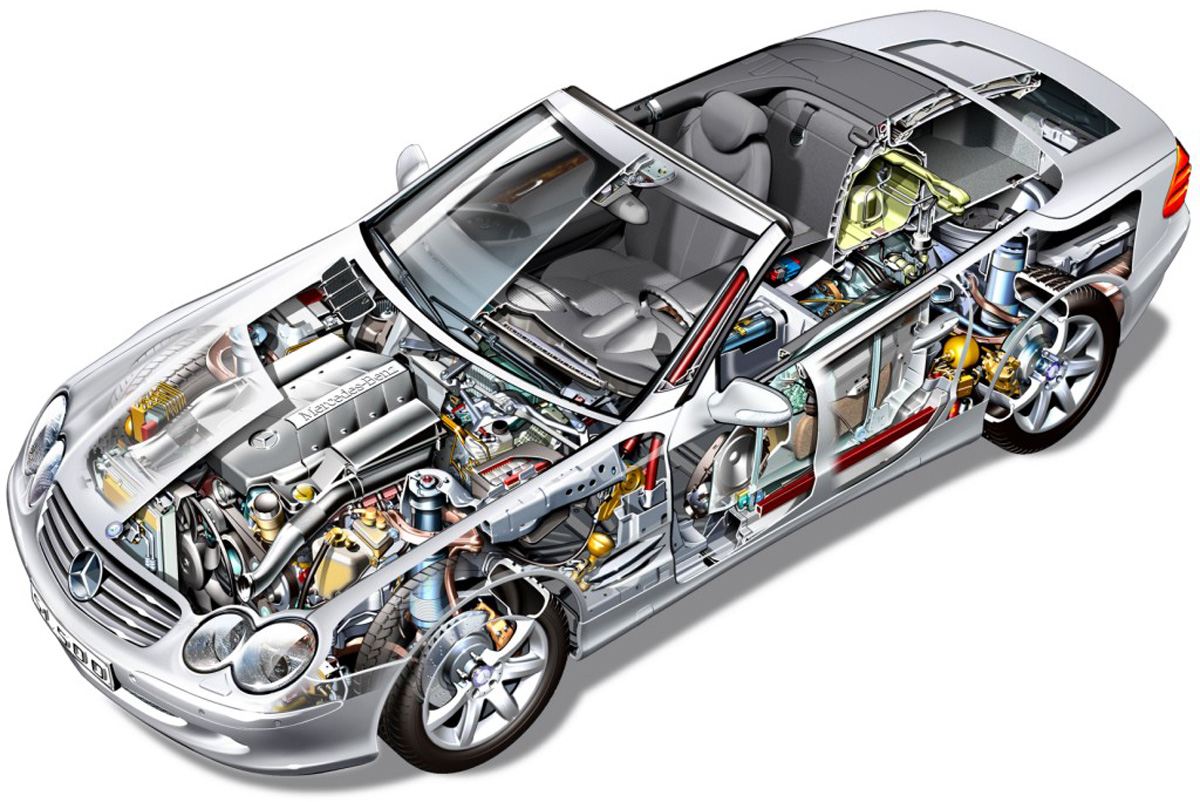
Car electronics are an essential part of your car, even if you do not drive electrically. The electronics system not only ensures that your lamps are lit and the radio can play, but also supplies the starter motor with energy. With broken electronics, the engine will not start, so you cannot drive.
But how do you recognize starting problems with electronics? How does this system work and what are the most common problems when electrical faults occur? In many cases you can make a diagnosis yourself and repair it. How do you do this? And if this does not work: what other options do you have and what are the costs? Our Techzle expert provides an answer.
Symptoms of malfunctioning car electronics
You usually notice it quickly when there are electrical faults or problems. The systems that depend on electrical for proper operation will not function as well. You can think of the starting system, the headlights and the brake lights. Furthermore, there may be a light on the dashboard and you can smell a strange odor.
If you’re facing car electronics problems and looking for solutions, turning to a useful source can provide valuable insights. Consider exploring the expertise offered by Sarkinen Electrical. With their knowledge and experience in electrical systems, they can provide guidance on repairing car electronics problems yourself. From diagnosing issues to offering repair tips, Sarkinen Electrical can be a valuable resource for tackling car electronics challenges effectively. Trust in their expertise to help you get your vehicle back on track.
Car does not start properly
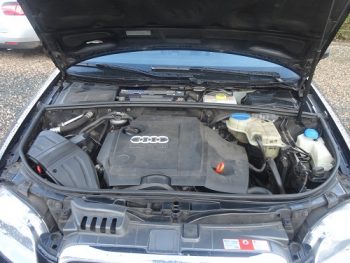
Difficulties when starting the car indicate in most cases an electronic problem. After all, the starter motor depends on sufficient power for proper operation. When the starter motor starts running, but not hard enough to start the car, the battery is probably not full enough. If you only hear a clicking noise, the battery is usually empty.
Headlights burn less brightly
For the safety of yourself and that of your road users, it is very important that the headlights (and rear lights) function properly. However, due to malfunctions, these can be dimmed or not at all. What we also see in these cases is that interior lights dim when you start the car.
Brakes work, but the brake lights don’t
Just like the headlights and the rear lights, the brake lights need electricity to burn. If they do not burn, there is probably a malfunction somewhere.
Dashboard light
Dashboard lights are there to tell you as a driver that there is an error somewhere. The battery usually has its own light. If these come on, there is a fault with the battery or one of the components that cause it to charge.
Certain electrical components do not work
What we often see are certain parts that fail. For example, it may happen that the windows can no longer open or close or that the ABS no longer functions, while the rest still works. This is in most cases due to a blown fuse or damage to the wiring (or both).
Crazy smells
In the event of a short circuit due to, for example, wear, there will be too much tension on the cables. This allows contact points and insulation to melt, resulting in that typical short-circuit odor. You cannot continue with this, because these problems do not resolve themselves and only get worse.
How the electronics of a car work
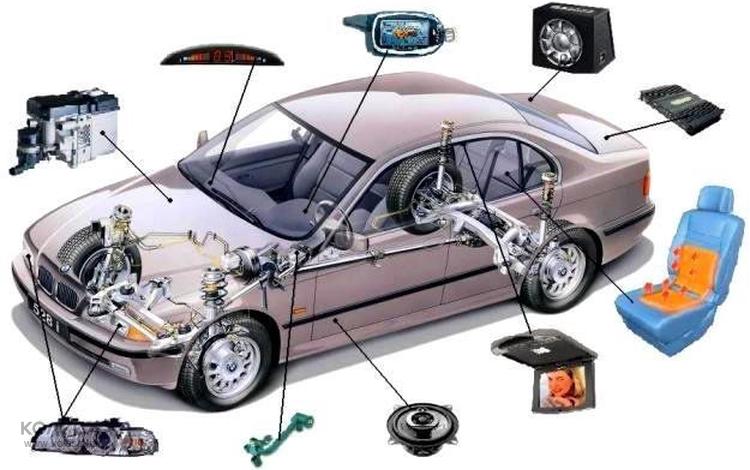
The electronics in a car are basically very simple, but less intuitive than mechanical systems. That is why everything is a little less obvious. Take the axis of a gearbox, for example: if you turn on one side and not on the other, there is a break somewhere. When you turn on one side and nothing turns, everything is stuck. In the first case you have to repair it (which is quite expensive by the way ), in the other case oil works wonders.
You cannot see current flowing, and therefore some cleverness is needed to find out the problem. For this we have to look at how everything is connected schematically and how ideally the electricity flows through your car.
All electrical parts of a car are connected to the electrical circuit, just like your devices are connected to the mains at home. Instead of the alternating current (AC) at home, however, we have to deal with direct current (DC) in a car. The voltage is also much lower: around 12 to 13 volts (compared to 230V at home). Your car also has fuses that ensure that the system switches off automatically in the event of a short circuit. This circuit consists of three essential components: a dynamo, a battery and wiring.
Dynamo
The dynamo, also called alternator, works in principle just like an old-fashioned bicycle dynamo. Only the alternator in your car has fallen out a bit more and is not attached to the wheels, but to the crankshaft of the engine. It converts the kinetic energy of the running engine into DC electricity (approximately 13 – 14 Volts), which is then stored in the battery.
Battery
The battery is a large battery that can be compared to the battery in your phone. Just as with telephones, the battery provides the energy required for all electronic components to work. The difference is that you only charge a phone once in a while, while a car battery is constantly charged while driving, by the dynamo. The battery ideally supplies (when it is completely new) 12.66V.
Wiring
The entire circuit is literally tied together by the wiring. To this end, a car is equipped with what is called a cable harness: a fairly complex network of wires and cables that ‘branch’ just like a tree. Modern cars have a lot of cables and cables. The VW Golf 7, for example, has nearly a thousand cables with a total length of 1.6 kilometers. In addition, there are 425 billion ways to tie them together and therefore about as many ways things can go wrong.
Common electronics failures and causes
Too complicated? Yes actually, but luckily all these wires hardly wear out (at least not before the rest of the car is a total loss). Nine out of ten times, problems with the car’s electrical system are due to the following common causes.
The battery is empty
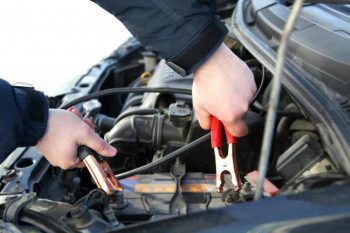
Just as a telephone does not work when the battery is empty, the car electronics do not work with a flat battery either. You notice this because nothing works: the windscreen wipers do not erase, the radio does not play, the lights do not switch on and, above all: the engine does not start. The only question is why the battery has run out. This can have two causes. Either the battery is broken or the dynamo no longer works.
A battery will naturally wear out and will last for three to four years, depending on how much you drive. So when it has been a while since a new battery has been installed, there is a good chance that you need a new one. When the battery is still fairly new, it almost always depends on the dynamo.
Broken dynamo
When the dynamo is broken, the battery is no longer (properly) charged. The result is also an empty battery, which ensures that the electrical circuit is without voltage. When the battery runs out while driving, it is almost certain that the alternator is defective.
Blown fuse
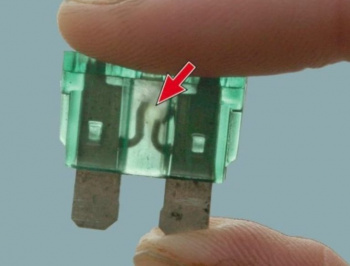
A car is equipped with fuses to protect the electrical system against short circuits in the individual electrical components (radio, ABS, windows, etc.) Over the years, these components can wear, causing a short circuit. This causes the fuses to break and several parts to fail at the same time. Usually it is the fuses when certain parts no longer work, but others do.
The stone marten
It is also looking out for the stone marten. He loves the fish oil that is often used in the cabling of a car, and therefore sometimes wants to nibble things. Insiders have told us that the marten does not like human urine. Occasionally doing your need over your own wheels should therefore help. Don’t pin us down on this. In addition, special anti-marten devices and sprays are available (Google is your friend).
What you can do yourself when your car has problems with the electronics
Many people think that the electrical system of a car is a difficult thing to understand, for which you have to follow a special course or training. Although it is wise to have your car repaired by a professional in the majority of cases, it is not so bad in the case of electronics. In principle, this system works very simply and because of the low voltage, it is not dangerous to do research and carry out minor repairs yourself. The worst thing that can happen is that the electronics are no longer functioning properly, but it didn’t work, right?
Two situations
As may have become clear from our story above, problems with electronics can be divided into two categories: problems with an individual component or problems with the entire system. In the first case, one or more things no longer work, such as the windscreen wipers and the windows. In the second case, nothing works anymore. We will discuss what you can do for each situation.
Case 1: A part no longer works
Let us take as an example the case when the front and rear wipers no longer work, while the rest of your electronics still work fine. Broken windshield wipers are excluded in this case, because the chance that they both break at the same time is negligible. So there is a problem in the electrical circuit.
Now there are two options: a fuse has blown or something is wrong with the cabling. Unless you are an electrician you cannot do much in the second case and it is better to have a specialist look at it or to immediately consider car buyers .
In the first case you must replace the fuse. You can read where they are in the manual for your car. Usually some spare fuses are supplied with your car, so once you’ve found them, you’ll be ready quickly. Does the fuse blow again immediately after replacement? Then the fault is in the wiring and you cannot do much yourself.
Case 2: Nothing works anymore
In case nothing works anymore, the battery is probably empty. As we discussed, this can be caused by a broken battery or a broken dynamo. You can easily find out which of the two is defective yourself. The only thing you need for this is a multimeter and associated cables (see photo). This works step by step.
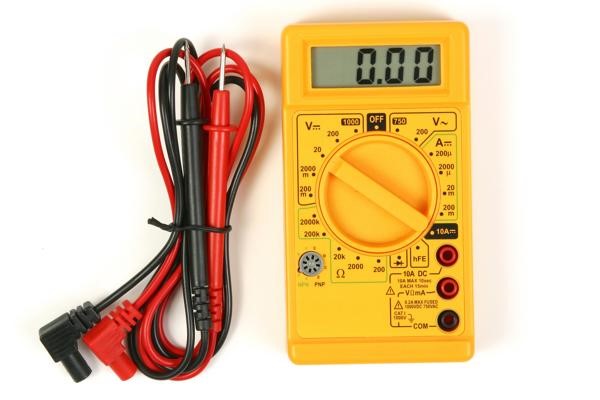
Step 1: Test the battery
To make sure that the battery no longer supplies any power, you can do a small test. To do this, open the engine cover and locate the battery. Disconnect the contacts from the battery and then attach the multimeter (DC voltage position) with the cables to the contacts.
The meter should now turn off and indicate the voltage that your battery supplies. If this is more than 12.43 V, the battery supplies sufficient voltage. 12.66 V is perfect. However, when the voltage is lower than 12.43 V, there is a problem. The battery must then be charged more. It is better to replace an old battery immediately. With a new battery, the problem is probably with the dynamo.
Step 2: Test the alternator
So it’s time to test the dynamo. So disconnect your meter from the battery and attach it to the output points of your alternator. Then start the car and make sure the engine runs around 2000 revs. Then see again what the voltmeter indicates. If it is higher than 13 V, the dynamo is working properly. A lower voltage indicates a defect in this part.
Step 3: Conclusion and what you can do yourself
Now there are three options. If the battery does not supply enough volts and so does the dynamo, the dynamo is broken. In that case your car needs a new dynamo. It is not easy to install this yourself, so you call the roadside assistance or your garage. This costs around 500 euros, depending on your car.
If the battery supplies too little Volt, but the alternator is sufficient, then your battery is broken. Installing a new battery yourself is relatively simple and moreover a lot cheaper than consulting your garage owner. Find a good battery online (that fits your type of car) and install it. You can buy a battery online for 60 euros. Installation takes a multiple.
If both the battery and the alternator provide sufficient output, we unfortunately have not found the problem. There is a good chance that something is wrong with the wiring. What you can do now is to test individual circuits, but this requires a little more knowledge and, above all, a lot of patience.